Keep the Goal
 I think you’d agree that we are in an age of information overload. Between internet search engines and social media, ALL the advice and opinions are available to you. It is really easy to get caught up in the shiny object syndrome. It is hard to Keep the Goal.
I think you’d agree that we are in an age of information overload. Between internet search engines and social media, ALL the advice and opinions are available to you. It is really easy to get caught up in the shiny object syndrome. It is hard to Keep the Goal.
The noise of everything can become too loud! And it’s hard to tune out that noise.
But I’m here to remind you today to stay focused on your goal(s). If you’re doing something that’s working, don’t change it up because of a shared article you read on Facebook about a new wonder food or supplement! Yep, don’t go down that rabbit hole…
Is your goal weight loss? Then, take daily actions that are focused toward that – clean whole foods, weight and cardio training, hydration, stress management and good sleep. If the goal is performance for an endurance race, follow your training plan. If the goal is pain management, do the required exercises. Even your goal is just basic movement and get in the gym 3x/week, stick to that, ok?
It’s a simple concept, but it’s not easy to execute when everything is so loud and in your face. Quiet the noise and keep things out of your face by staying laser focused on you.
So, stay focused on the goal and take the daily necessary steps to get there. If you aren’t sure what those are, hire a coach (like me) who can help you get there.
In conclusion, Keep the Goal!
Originally printed on Move Well Fitness blog. Reprinted with permission.
Maurice D. Williams is a personal trainer and owner of Move Well Fitness in Bethesda, MD. With almost two decades in the industry, he’s worked with a wide range of clients, including those with health challenges like diabetes, osteoporosis, multiple sclerosis, hypertension, coronary artery disease, lower back pain, pulmonary issues, and pregnancy. Maurice is also a fitness educator with Move Well Fit Academy and NASM.

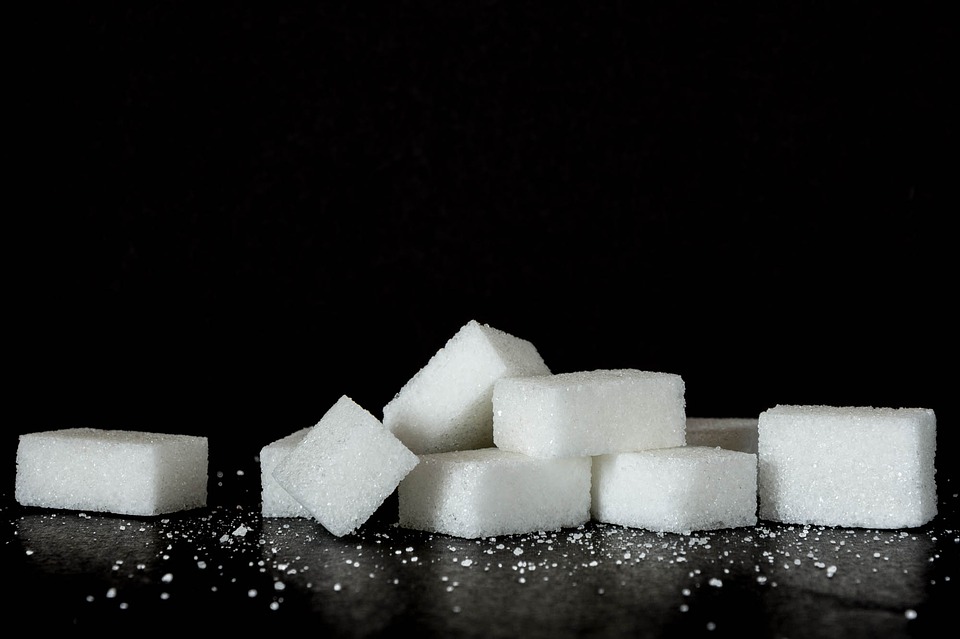
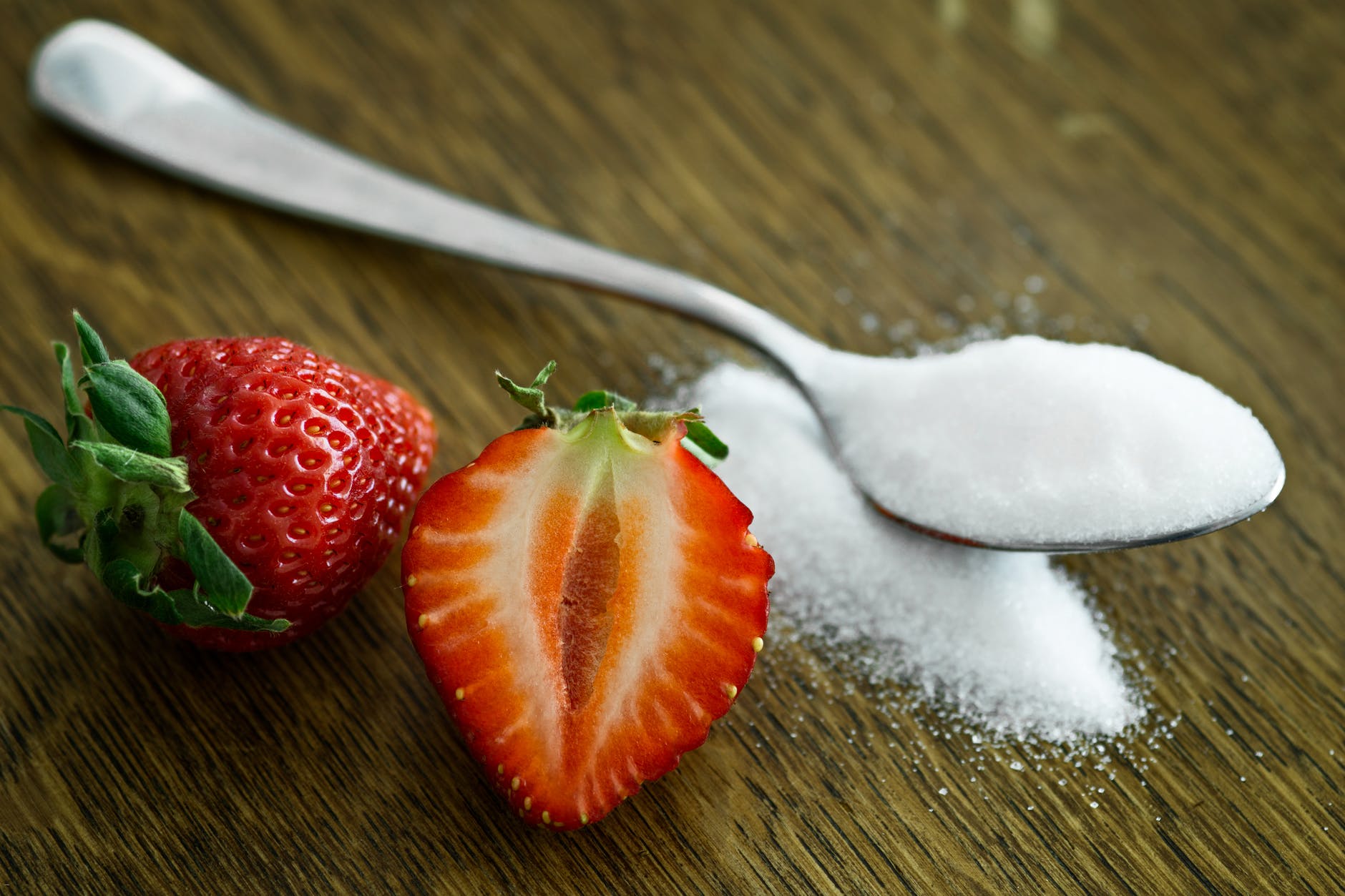 If you are like most of my clients, you are confused about the role of sugar in your daily sports diet. The anti-sugar media reports sugar is health-erosive, yet sports nutrition researchers claim sugar is performance enhancing. That might leave you wondering: Should I eat sugar or avoid it?
If you are like most of my clients, you are confused about the role of sugar in your daily sports diet. The anti-sugar media reports sugar is health-erosive, yet sports nutrition researchers claim sugar is performance enhancing. That might leave you wondering: Should I eat sugar or avoid it?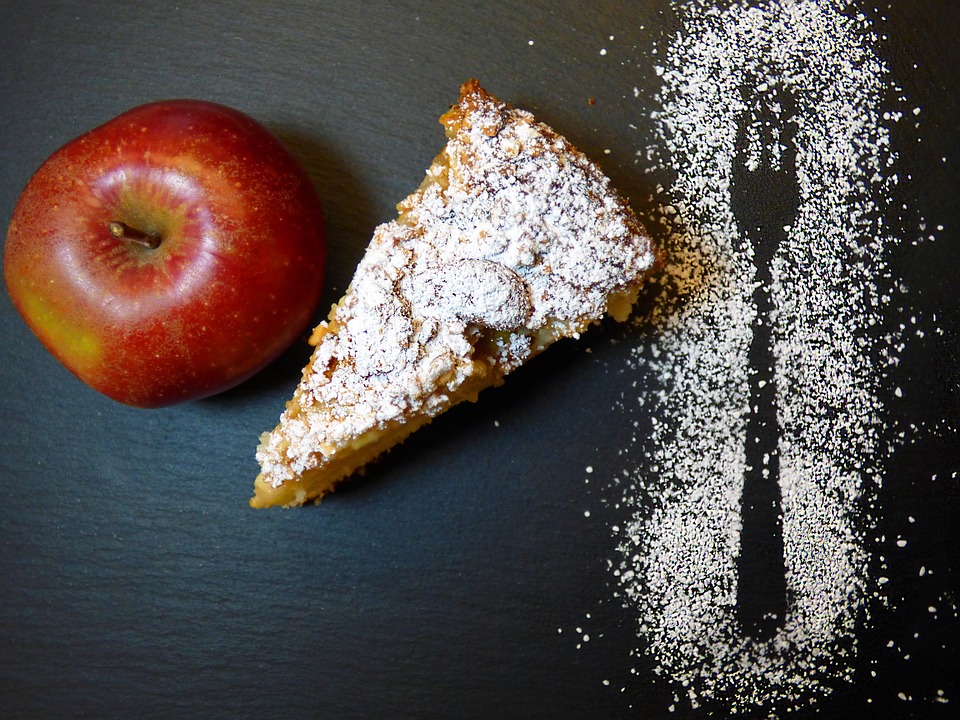 Concluding comments(3)
Concluding comments(3)

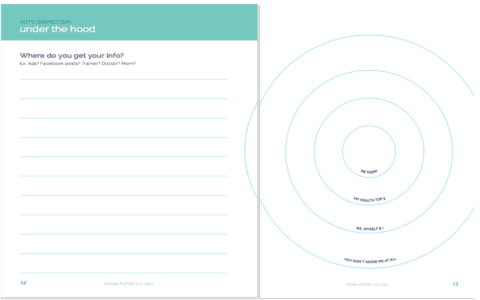

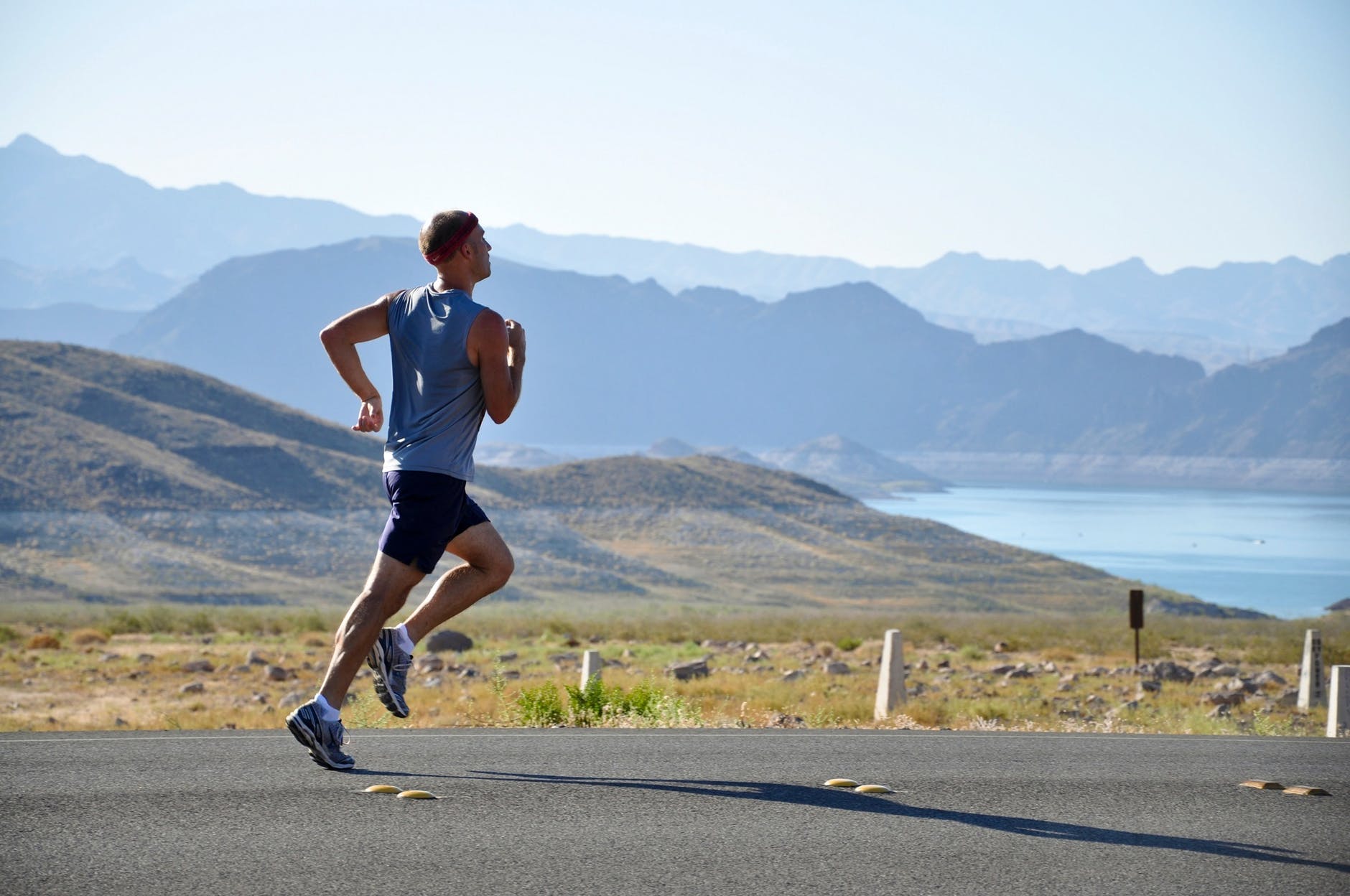
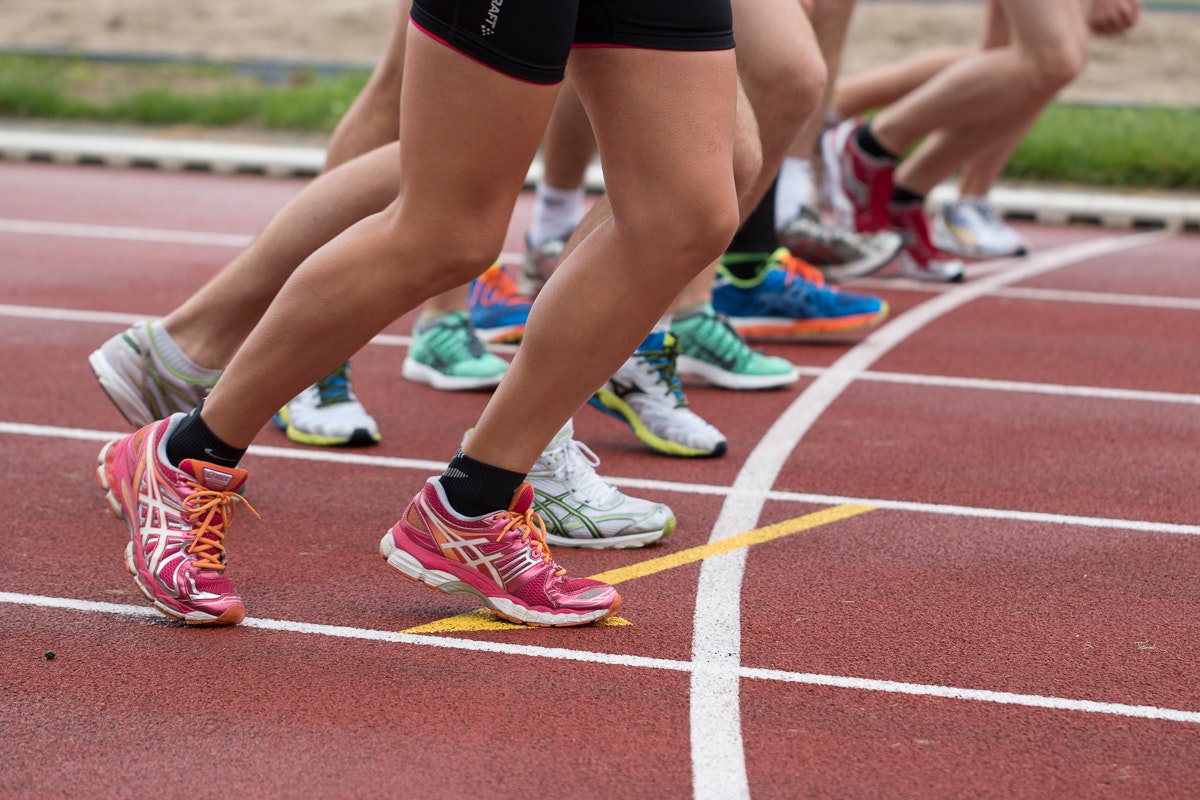 Athletes have many questions about how to fuel for top performance. The Internet abounds with answers—but how do you what’s valid? Here are some trust-worthy answers, based on research presented at the American College of Sports Medicine’s Annual Meeting (May 2018;
Athletes have many questions about how to fuel for top performance. The Internet abounds with answers—but how do you what’s valid? Here are some trust-worthy answers, based on research presented at the American College of Sports Medicine’s Annual Meeting (May 2018; 
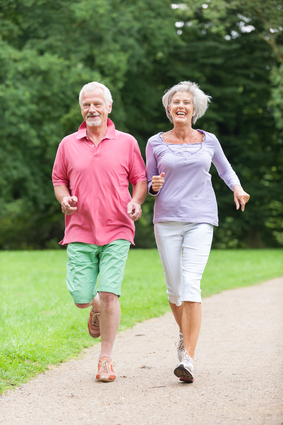 1. See your doctor regularly
1. See your doctor regularly 6. Keep track of what you’re eating.
6. Keep track of what you’re eating.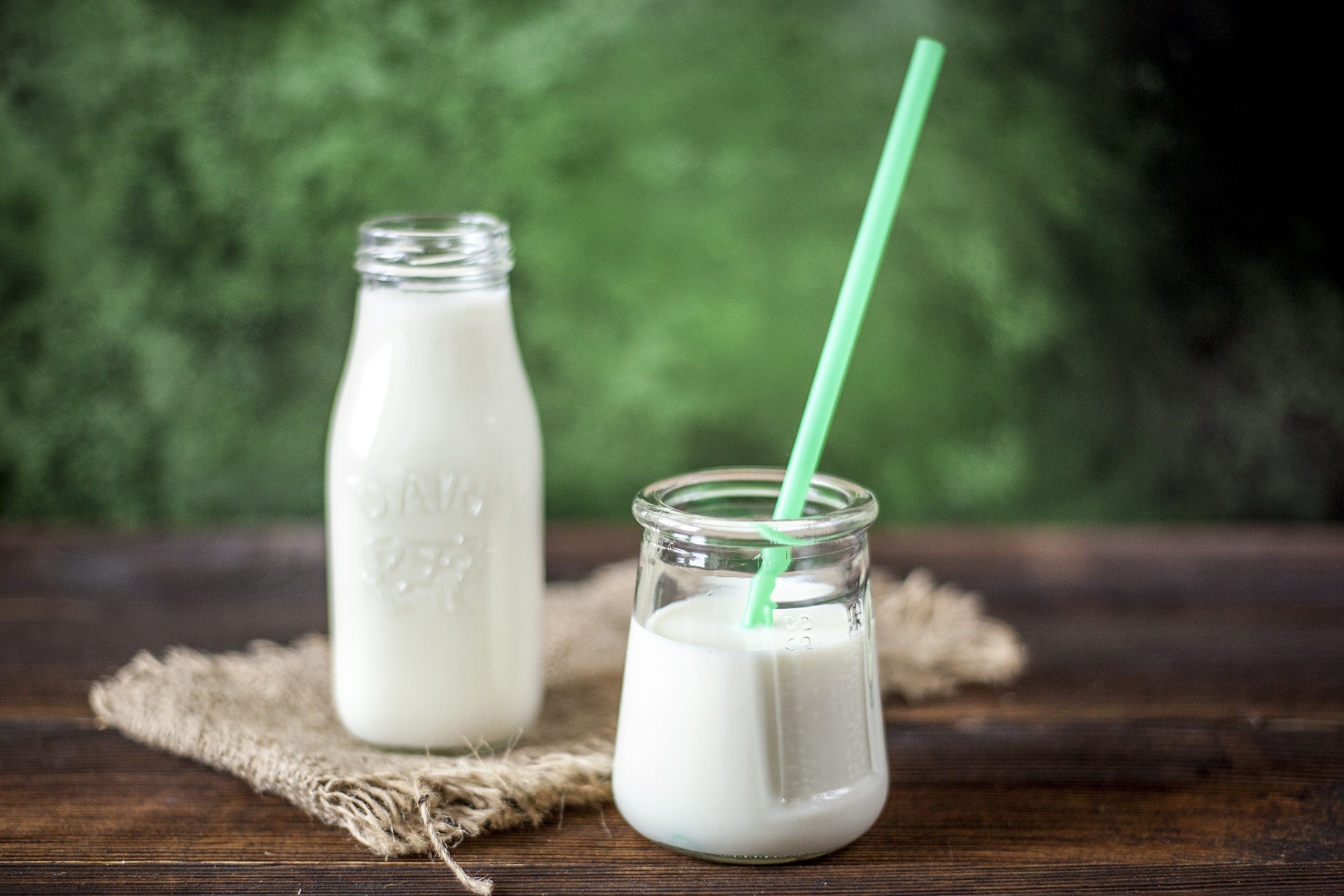
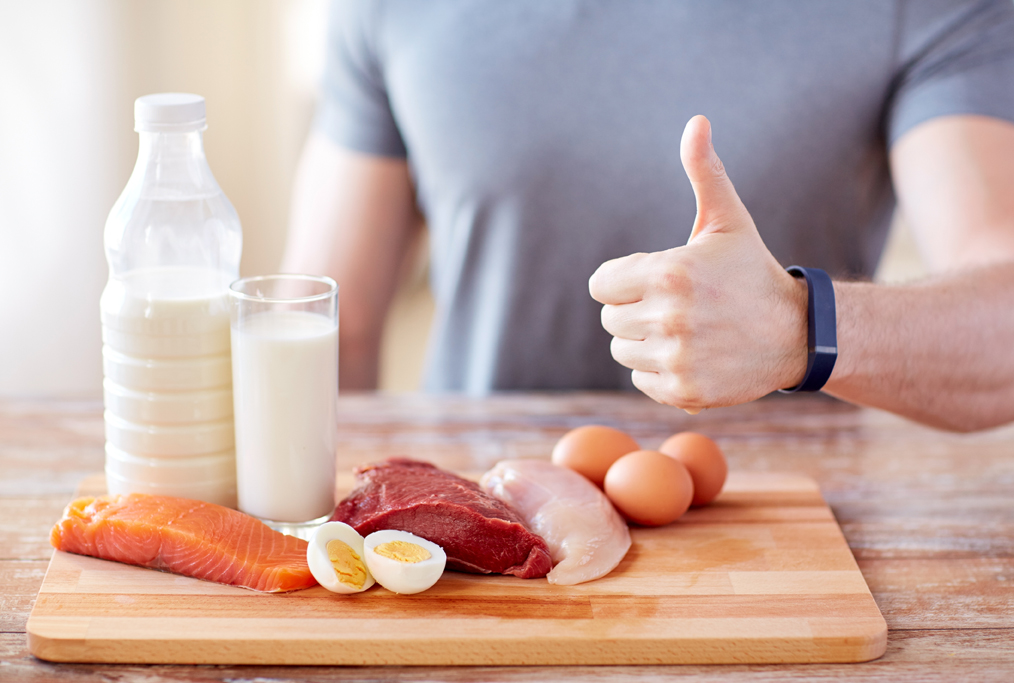
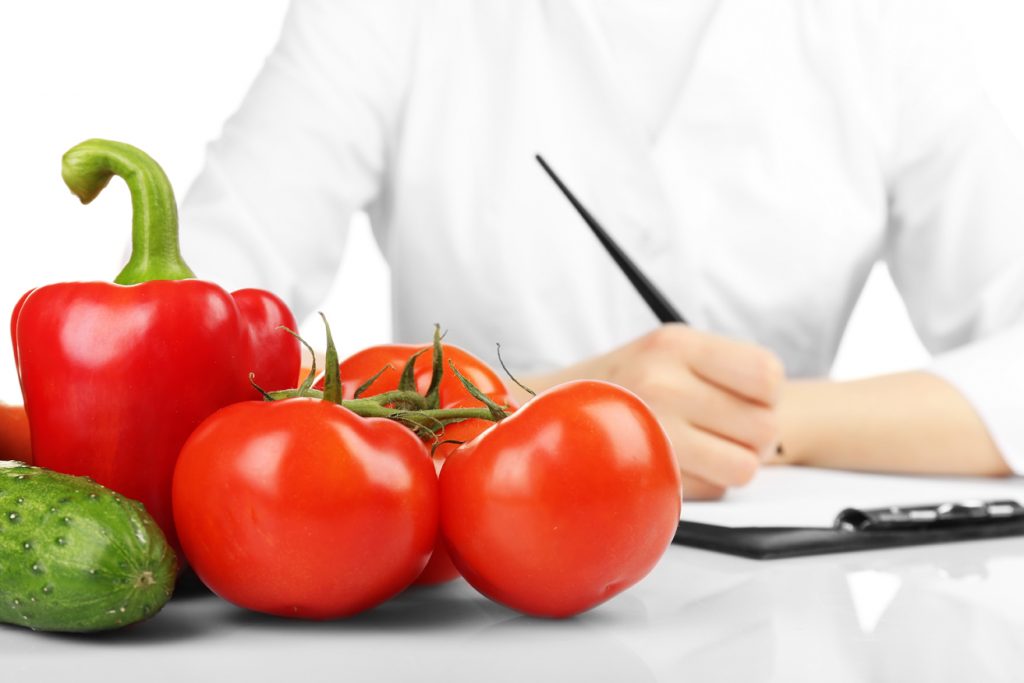 Staying on top of the latest sports nutrition information is a challenge. That’s why I attend the annual meeting of the
Staying on top of the latest sports nutrition information is a challenge. That’s why I attend the annual meeting of the  Fluids and Hydration
Fluids and Hydration